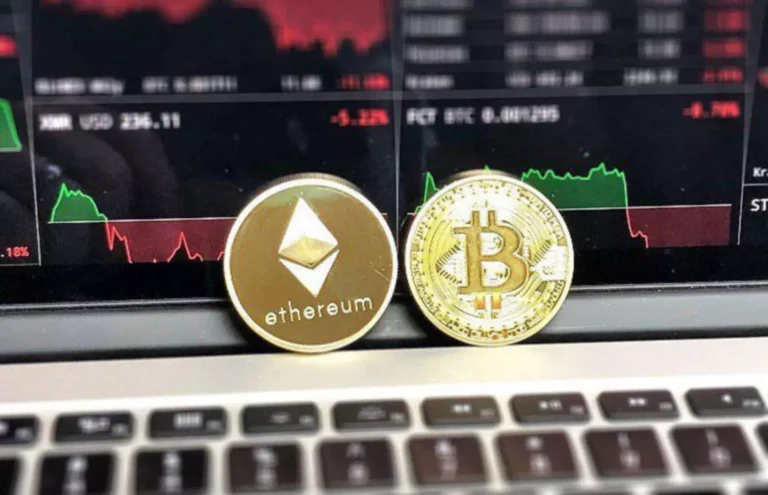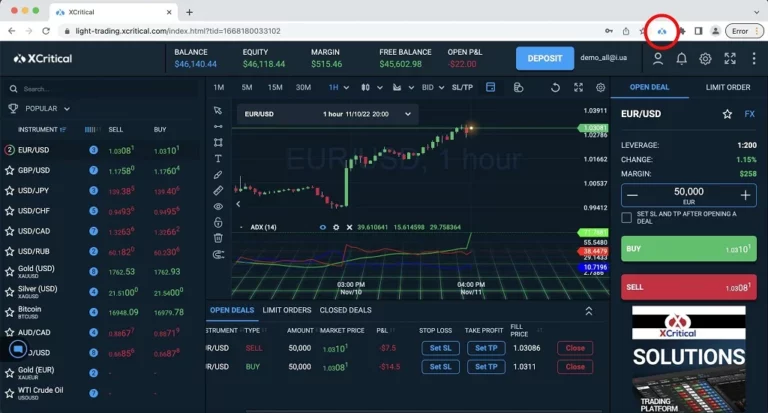Content
While ETPs offer a number of potential benefits, they also involve risks. These risks can vary depending on the type of ETP and the underlying assets it tracks. It’s important for investors to understand these risks before investing in ETPs. They can be bought etp vs etf and sold throughout the trading day at market prices, just like individual stocks. This gives investors the ability to respond quickly to changing market conditions.

Build your skills with a risk-free demo account.
The intraday pricing of ETPs provides trading flexibility because you can monitor how the price is doing and don’t have to wait until the end of the day to know your purchase or sale price. Exchange-traded products can be benchmarked to myriad investments, including commodities, currencies, stocks, and bonds. ETFs are the most popular form of ETPs, offering investors Proof of stake exposure to a wide range of asset classes. ETNs, on the other hand, are debt securities linked to the performance of a market index. Commodity ETPs allow investors to invest in commodities, such as gold or oil, without having to physically hold the commodity. This information has been prepared by IG, a trading name of IG Markets Limited.
Stocks & exchange traded products (ETPs)
For example, an investor who wants to gain exposure to the S&P 500 could invest in an ETF that tracks the index. This would likely be more cost-efficient than investing in a mutual fund that seeks to replicate the performance of the S&P 500, as the ETF would likely have lower operating expenses. The holdings of most ETPs are disclosed on a daily basis, allowing investors to see exactly what https://www.xcritical.com/ assets they own through their ETP investment. This level of transparency can provide investors with a high degree of confidence in their investment decisions.
- Expert Screens and analyst opinions, ratings and reports are provided by independent companies not affiliated with Fidelity.
- Tanner is passionate about helping people manage their finances and make sound investment decisions.
- Exchange traded products include but are not limited to exchange traded funds (ETFs) and exchange traded notes (ETNs).
- ETCs track the commodity’s price or a basket of commodities, allowing investors to gain exposure to commodity markets through a security that trades on a stock exchange.
- The value of an ETP can decrease due to movements in the underlying assets or broader market downturns.
NYSE: The Home of Exchange Traded Products
However, not everyone in the financial industry uses the term ETP consistently. Any information posted by employees of IBKR or an affiliated company is based upon information that is believed to be reliable. However, neither IBKR nor its affiliates warrant its completeness, accuracy or adequacy.

The fund is then structured, listed and traded like a stock on the exchange. Join TIOmarkets, a top-rated forex broker, and expand your trading horizons. With over 170,000 accounts opened across more than 170 countries, we provide you with the tools to trade over 300 instruments across 5 markets, all with low fees. Enhance your skills with our comprehensive educational resources and step-by-step guides. Take the first step towards diversifying your portfolio by creating a Trading Account today and unlock the potential of ETPs. Long-term investors seeking to build a diversified portfolio with ETFs should consider specific criteria to align their investment choices with their financial goals and risk tolerance.
This can impact your ability to buy or sell the ETP at your desired price. Checking the trading volume and market depth of an ETP can provide insights into its liquidity. Like mutual funds, ETFs are regulated under the Investment Company Act of 1940, with additional rules tailored explicitly to ETFs.
Some ETNs may be called at the issuer’s discretion, meaning they can be subject to early redemption or an accelerated maturity date. This could lead to a loss if the value of the ETN when called is less than the market price you paid. Other ETPs may be liquidated for various reasons as well, which in some cases can occur with little warning. Historically, the vast majority of ETP activity has occurred in the secondary market, which is where most retail investor trades occur. Upgrading to a paid membership gives you access to our extensive collection of plug-and-play Templates designed to power your performance—as well as CFI’s full course catalog and accredited Certification Programs.
ETP share prices are derived from the underlying investments that they track. Similar to mutual funds, an ETP pools assets of multiple investors and invests those pooled assets according to its investment objective and investment strategy. In addition, ETPs share certain characteristics with closed-end funds, namely that the fund’s shares trade on a secondary market and may trade at prices higher or lower than the fund’s NAV. An ETP (or exchange-traded product) is a tradeable financial instrument that closely tracks an underlying market, such as indices, currencies and shares.

The benefits of the ETF wrapper are now available to issuers without the requirement to disclose portfolio holdings on a daily basis. The NYSE has the resources needed to support issuers as they navigate development. Fidelity® Sector Portfolio Builder is an educational tool that you can use to model a hypothetical portfolio using a variety of sector allocations. This tool should not be used as the primary basis of your investment decisions. Learn more about the features and risks of ETFs and ETPs at ETF/ETP Education. You can also visit the Fidelity Learning Center to get training and opinions from industry experts.
More information about ETPs, including their ongoing fees and expenses and overall expense ratio, is available in the ETP’s prospectus. You can request a copy of an ETP’s prospectus from your financial advisor. Additional information about ETPs is available on FINRA’s ETF Resource Page and FINRA’s ETN Investor Alert. While both ETFs and ETNs are types of ETPs, they have distinct characteristics that investors should be aware of when considering their investment options. Changes in interest rates can affect the performance of ETPs, particularly fixed-income ETPs.
In January 2024, the Securities and Exchange Commission approved the first Bitcoin Spot ETFs, allowing fund managers to hold Bitcoin and offer exchange-traded shares to investors on official exchanges. Unlike some investment instruments, exchange-traded products are released regularly. An exchange-traded product seeks to provide the same yield as the underlying index or asset, providing a diversified investment in a single transaction. And the exciting, day-trading aspect of ETPs—knowing that you can buy and sell anytime the index is spiking—that’s not the way to build long-term wealth! Long-haul, ride-out-the-waves investing over time is the kind of solid investing strategy you need, and a financial advisor worth his salt is going to say the same thing. Depending on who you’re talking to, investing in exchange-traded products could be the best thing since the Cardinals took the World Series in 2011—legendary, by the way.
Behind every blog post lies the combined experience of the people working at TIOmarkets. We are a team of dedicated industry professionals and financial markets enthusiasts committed to providing you with trading education and financial markets commentary. Our goal is to help empower you with the knowledge you need to trade in the markets effectively.
He is an expert on personal finance, corporate finance and real estate and has assisted thousands of clients in meeting their financial goals over his career. Adam Hayes, Ph.D., CFA, is a financial writer with 15+ years Wall Street experience as a derivatives trader. Besides his extensive derivative trading expertise, Adam is an expert in economics and behavioral finance. Adam received his master’s in economics from The New School for Social Research and his Ph.D. from the University of Wisconsin-Madison in sociology. He is a CFA charterholder as well as holding FINRA Series 7, 55 & 63 licenses. He currently researches and teaches economic sociology and the social studies of finance at the Hebrew University in Jerusalem.
ETFs are a subset of ETPs regulated by the SEC under the 1940 Investment Company Act, while ETPs can fall under further regulations depending on their assets. Investors should weigh factors like expenses, tracking ability, liquidity, diversification, and risks when choosing between ETPs and ETFs. For example, a total stock market ETF would hold hundreds or even thousands of different stocks in proportion to their weight in a broad stock market index. By buying a share of the ETF, an investor instantly gains diversified exposure to the returns of the entire equity market rather than buying each stock separately. The first ETP is thought to be the Standard & Poor’s Depositary Receipts (SPDRs), commonly known as “Spiders.” The first SPDR was introduced in 1993 and is now known by its ticker symbol, SPY. This product was designed to track the S&P 500 Index, allowing investors to buy shares in a portfolio that mirrors the performance of the S&P 500.

